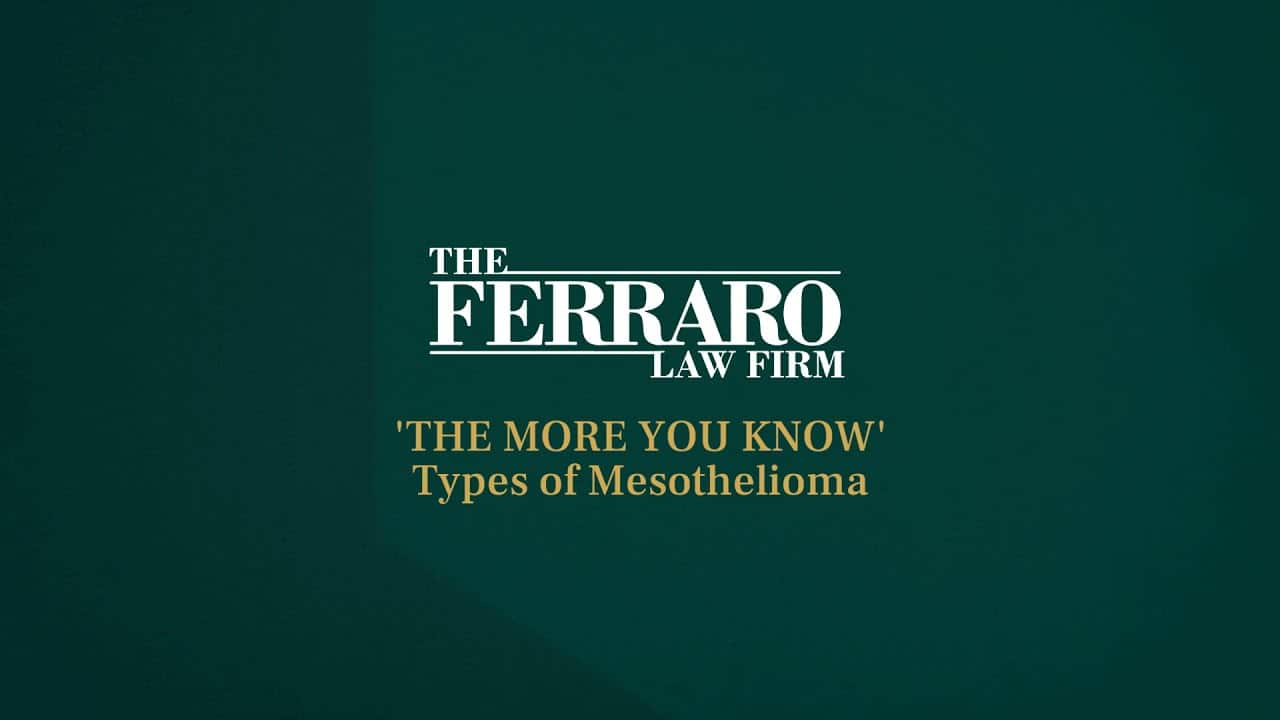If you were seriously injured, remember that it is crucial to choose the right law firm to represent your interests. We have been doing this for more than three decades, and have the resources you need to challenge any opponent.
FACT Act of 2015 Would Curb Mesothelioma Plaintiffs’ Compensation
Legislators are once again weighing a measure designed to curtail the rights of mesothelioma victims seeking compensation from asbestos bankruptcy settlement trusts.

The Furthering Asbestos Claim Transparency (FACT) Act of 2015 has been introduced in the U.S. House of Representatives, and has passed to the House Judiciary Committee for the first round of consideration. If approved, the measure would amend the U.S. Bankruptcy Code by requiring those trusts to publicly disclose quarterly information regarding who is seeking compensation through the trust, as well as detailed information on who received compensation and the disposition of each asbestos-related injury claim.
This is the third time the measure, entitled H.R. 526, has been introduced. The first time it was brought was in 2012. While the measure purports to have a noble purpose – truth and transparency – there is no mistaking the underlying goal, which is to make it tougher for victims of negligent asbestos exposure to receive compensation through bankruptcy trusts and the court systems.
As of right now, the confidentiality of bankruptcy trust claimants is protected. Information regarding claimants’ illnesses and settlement terms is not admissible in court. However, the FACT Act would change this by giving trust administrators and mesothelioma litigation defendants more grounds on which to fight claims for compensation.
Backers of the bill assert claimants are deceptively pursuing compensation from multiple trusts and then later against other defendants in court for the same injuries. Supporters of FACT want the information public so that they can use it to attack the credibility of claimants who seek to prove injury caused by multiple defendants.
But here is the reality: many companies throughout the 20th century used asbestos in products because it was effective and cheap. Executives at these firms knew it was also dangerous and concealed that fact from workers and the public. They made products that were inherently dangerous and failed to warn people about those dangers. Since asbestos-related disease does not become apparent until decades after exposure, pinpointing a single exposure or product that caused illness is usually not possible. Asbestos-related diseases are widely accepted to result from repeated exposure to a variety of products – from auto brake shoes to Navy ship components to residential flooring tiles.
This is why claimants file for compensation from multiple companies and may also pursue additional litigation. It’s a matter of seeking just compensation from all responsible parties.
As it currently stands, claimants typically only recover a fraction of what they actually deserve through the trusts. The FACT Act could further minimize that recovery. Defendants want this information so they can argue a claimant’s recovery from one source should preclude recovery from another.
This approach is inherently unfair, given the overwhelming number of products that contained asbestos. If a plaintiff has enough proof to show exposure to asbestos contained in a defendant’s product substantially contributed to the plaintiff’s condition, that should be sufficient grounds for recovery.
The good news is govtrack.us, a government transparency website, has predicted the bill has only a 7 percent chance of making it past committee. Still, that’s not cause to let down our guard. Given the number of previous attempts, it does not appear some legislators are willing to drop the issue anytime soon.
Table of Contents
Frequently Asked Questions: Mesothelioma & Asbestos
What is asbestos?
Why is asbestos dangerous?
What are asbestos-related diseases?
What causes mesothelioma?
What are the different types of mesothelioma?
What are common mesothelioma symptoms?
Do I qualify for compensation if I have mesothelioma?
What is the life expectancy for someone with mesothelioma?
Do I qualify for compensation if I have mesothelioma?
Help for mesothelioma victims can be found at The Ferraro Law Firm by calling (888) 554-2030. Offices in Miami and Washington, D.C.






